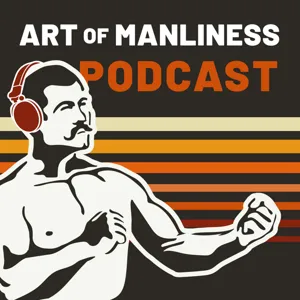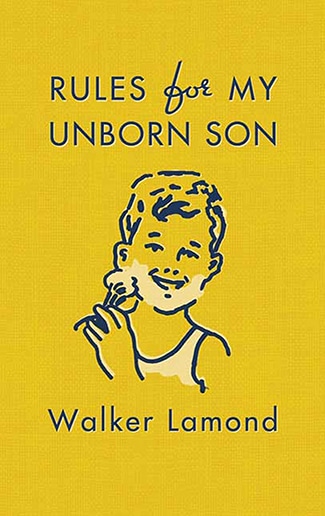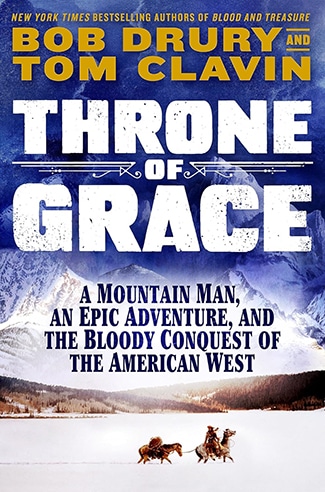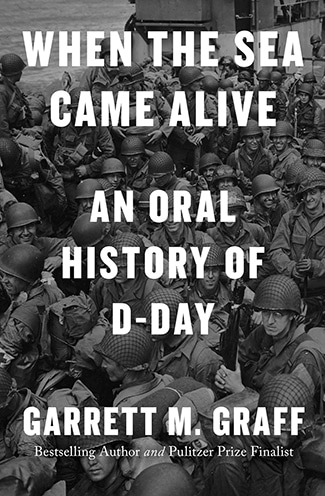Podcast Summary
The Fascinating Origins of Modern Sports from Competitive Walking: Competitive walking, or pedestrianism, was once America's favorite spectator pastime in the late 1800s, influencing the rise of mass media, consumer culture, and shaping modern sports.
The modern sports industry, with its high salaries, massive audiences, and endorsement deals, has its roots in a seemingly unlikely place: competitive walking, or pedestrianism. This obscure sport was once America's favorite spectator pastime in the late 19th century, during the rise of mass media, consumer culture, and the emergence of figures like John L. Sullivan and Teddy Roosevelt. Author Matthew Algeo, who has delved into this forgotten piece of history in his book "Pedestrianism," joined Brett McKay on the Art of Manliness podcast to discuss the fascinating origins of modern sports and how this long-forgotten pastime continues to influence the world of athletics today.
Long-distance walking was the most popular spectator sport during the Gilded Age: Thousands attended arenas to watch pedestrians walk for days, betting was common, and the six-day race was a popular form of pedestrianism.
During the Gilded Age in the 1880s and 1890s, pedestrianism, or long-distance walking, was the most popular spectator sport in the United States. Thousands to tens of thousands of people would fill arenas to watch competitors walk around a dirt track for days at a time, with betting on the outcome being a significant part of the culture. The six-day race, which lasted six days and three nights due to blue laws, was a particularly popular form of pedestrianism. Newspapers like the New York Times and the National Police Gazette covered the events extensively, with updates posted all over the city. The stakes were high, with significant purses for the competitions. Pedestrianism even got its start as a bet during the 1860 presidential election, with Edward Payson Weston having to walk from Boston to Washington to fulfill the terms of a losing wager. This cultural phenomenon, while short-lived, was a fascinating and entrancing part of American history.
The First Athlete to Monetize Fame in the US: Edward Weston, who walked from Boston to Washington during the winter of 1861, became a sensation by using his unique style and showmanship to entertain crowds and monetize his fame, paving the way for future athletes and public figures to use media to their advantage.
Edward Weston, a man who walked from Boston to Washington during the winter of 1861, became a sensation not just for completing the journey, but for his showmanship and understanding of the power of media. He used his unique style and flair to entertain crowds, making him the first athlete to monetize his fame in the United States during the golden age of mass media. Weston's instinctive connection between sports, entertainment, and business paved the way for future athletes and public figures to use media to their advantage. He was the Abraham Lincoln or Muhammad Ali of the 1870s, using long velvet coats, top hats, and canes to captivate audiences and create a larger-than-life persona. Weston's story showcases the power of media in shaping public perception and creating icons, long before the modern era of sports and entertainment.
The Rise of Professional Sports in America: Weston's long-distance walking exhibitions transformed into a professional sport due to the popularity of roller skating, availability of indoor spaces, increased disposable income, and cultural shift towards wholesome entertainment.
Weston's ability to capitalize on his fame as a long-distance walker marked the beginning of professional sports in America. This transition was facilitated by the popularity of roller skating and the availability of indoor public spaces, such as roller skating rinks. At the time, after the Civil War, people had more disposable income and free time, leading to the rise of indoor entertainment. Pedestrianism, or long-distance walking, emerged as a wholesome alternative to sports like baseball and prize fighting, which had negative reputations. Weston's walking exhibitions became family entertainment, and the convergence of these cultural and economic factors transformed his bet to walk from Boston to Washington into a professional sport.
The lucrative world of early pedestrianism: Pedestrian races in the late 1800s attracted massive crowds and huge payouts, marking the beginning of modern sports marketing with sponsorship deals and athletic endorsements.
Pedestrianism, an early form of mass entertainment in the late 1800s, was not only a spectacle but also a lucrative sport. Pedestrian races, which involved competitors walking as far as they could in a set time, attracted massive crowds and huge payouts. The first big race between notable pedestrians like Weston and Daniel O'Leary took place in a six-day race at Chicago's Madison Square Garden. Prizes were enormous, with winners earning up to a million dollars in today's money for six days of work. Sponsorship deals were also present, with entities like The Police Gazette paying athletes to wear their logos during races. These early athletic endorsements marked the beginning of modern sports marketing.
Early African-American Athletes in Pedestrianism: Before segregation, African-Americans made their mark in pedestrianism, a popular form of long-distance walking, through athletes like Frank Hart who won several six-day races and were featured on trading cards.
The history of sports in America extends further back than commonly believed, with African-American athletes like Frank Hart making significant strides in pedestrianism, a popular form of athletic competition during the late 1800s. These athletes, including Hart, who won several six-day races and were featured on trading cards, predated the era of segregation established by Plessy v. Ferguson. Pedestrianism, which involved long-distance walking, was unique in its inclusivity, allowing anyone who could walk to participate, regardless of race or ethnicity. The six-day races were not continuous, but rather consisted of multiple heats throughout the week. These events, which attracted large crowds and significant financial rewards, provided opportunities for African-American athletes to compete and gain recognition before the era of segregation set in.
Race Around a Dirt Track for Six Days Straight: Pedestrianism, a six-day race involving walking around a dirt track, featured extreme endurance and consumption of various foods and drinks. However, doping and alcohol use led to its decline as a popular sport.
The six-day races in pedestrianism involved walking around a dirt track inside an arena for six consecutive days, with the person covering the most distance being the winner. Contestants consumed various foods and drinks, including greasy eel broth and champagne, to keep going. However, alcohol consumption was eventually found to hinder performance, and some athletes resorted to doping, such as Edward Payson Weston chewing coca leaves. Despite the lack of regulations, Weston's doping went unpunished, contributing to the eventual decline of pedestrianism as a popular sport. The most serious competitors underwent rigorous training, demonstrating their athletic abilities, and pedestrianism laid the foundation for modern sports in America.
The decline of pedestrianism due to baseball and the safety bicycle: Baseball's organizational structure and the excitement of the safety bicycle led to pedestrianism's decline, but its impact on modern sports remains.
The lack of a governing body and the emergence of baseball and the safety bicycle contributed to the decline and eventual forgetting of pedestrianism in American history. The organizational structure of baseball, with a commissioner to oversee the sport and maintain its integrity, was a significant factor. Additionally, the invention of the safety bicycle provided a more exciting spectacle for audiences, leading them to shift their attention away from pedestrianism. Morality crusades against the sport, aligned with the temperance movement, further weakened its popularity. Despite this, pedestrianism left a lasting impact on modern sports, particularly in the areas of mass media, gambling, and athletic sponsorships. A remnant of pedestrianism can still be seen in the Olympic Games, where walking has been a continuous event since 1896.
The Early History of Monetizing Sports: Pedestrianism: Pedestrianism, a walking competition, was the first sport to capitalize on sponsorships, championships, and monetization. It was accessible to the masses and inspired the author to participate in a 24-hour race, an enjoyable and fun experience for anyone.
The history of sports, specifically the phenomenon of pedestrianism, serves as an early example of monetizing athletic events for the general populace. Pedestrianism, a walking competition, was the first sport to capitalize on sponsorships, championships, and various ways to make money. It was accessible to the masses, unlike other sports such as boxing and baseball, which were either for gentlemen or ruffians. After reading about this history, the author was inspired to participate in a 24-hour race and encourages listeners to do the same. Ultramarathons may seem daunting, but 24-hour races are accessible to anyone as everyone finishes. The experience is enjoyable and fun. The author, Matthew Algeo, has written a book on this topic, "Pedestrianism," which offers an intriguing look into American history. If you're interested in learning more about this unique aspect of sports history, consider reading the book or listening to the podcast for a fascinating and manly adventure.














